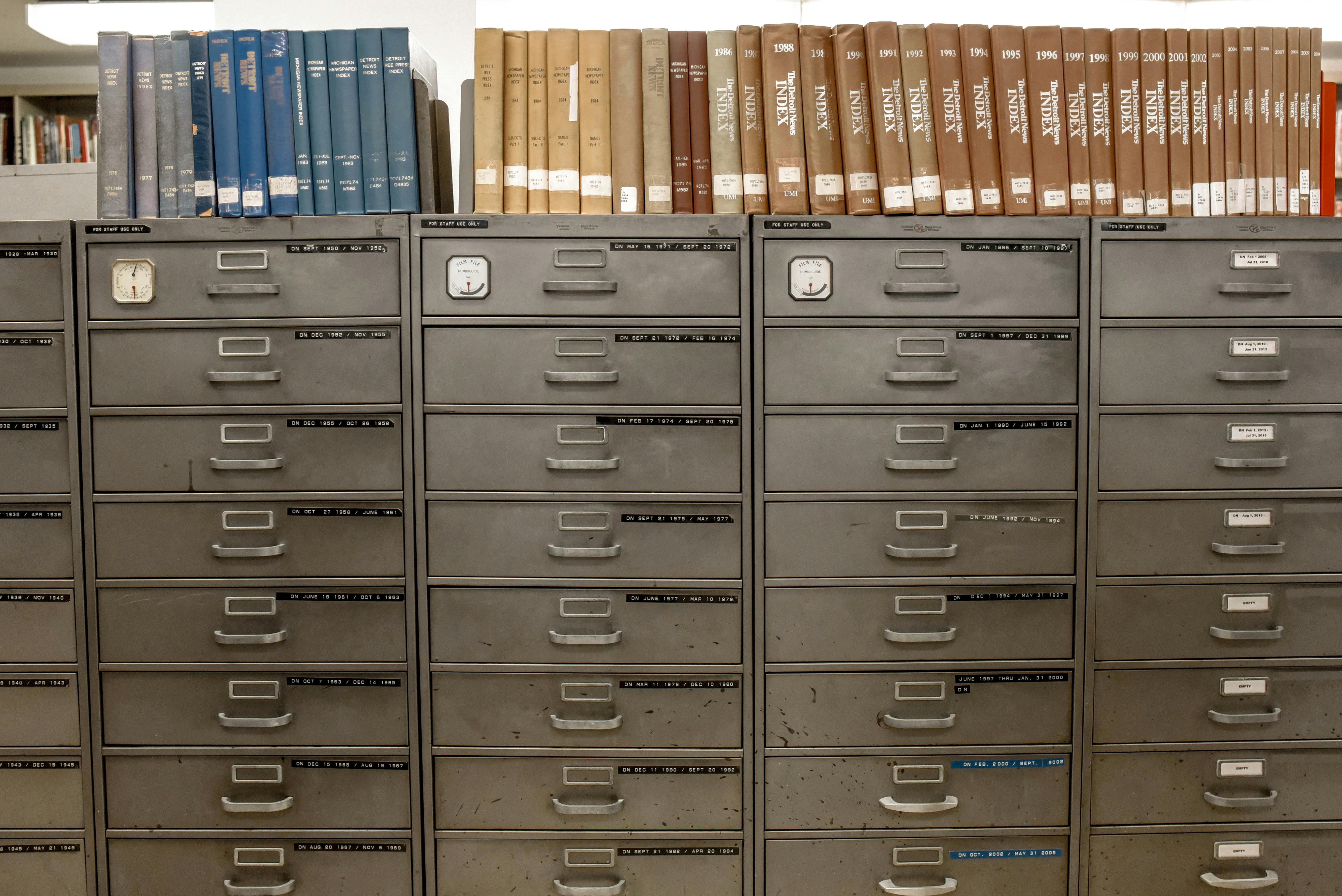How Storage Organizers Help Keep Things Tidy
Storage organizers come in many shapes and sizes and can make it easier to keep your home or workspace neat. Learn how people use bins, shelves, and compartments to sort items, save space, and keep everything easy to find. Discover simple ways to make organizing a regular part of daily life.

Understanding the Impact of Clutter on Daily Life
Clutter affects more than just the appearance of our homes—it influences our mental wellbeing and daily functioning. Research shows that disorganized spaces can increase stress hormones and decrease productivity. When belongings lack designated homes, we spend valuable time searching for items and navigating obstacles. Storage organizers directly address this problem by creating systems that maintain order and make important items accessible. By implementing home storage solutions strategically, households can reduce the mental load associated with disorganization while creating environments that support rather than hinder daily activities.
Essential Storage Organizer Ideas for Different Spaces
Every area of the home benefits from tailored organization approaches. In kitchens, drawer dividers, pantry bins, and cabinet organizers maximize efficiency in food preparation areas. Bathrooms benefit from tiered shelving, medicine cabinet organizers, and under-sink storage systems that make the most of limited space. Living areas can incorporate decorative baskets, entertainment center organizers, and multifunctional furniture with built-in storage. Home offices require desktop organizers, file systems, and supply containers to maintain productivity. By matching storage organizer ideas to each space’s specific needs and challenges, every room can achieve optimal functionality while maintaining visual appeal.
Closet Storage Bins: Transforming Wardrobe Management
Closets often represent some of the most challenging organization projects in homes. Closet storage bins provide the structure needed to contain various categories of clothing and accessories while maximizing vertical space. Clear plastic containers allow visual identification of contents, while fabric bins offer aesthetic appeal. Drawer systems accommodate folded items, while specialized containers for shoes, accessories, and seasonal clothing keep everything accessible but protected. By implementing a cohesive system of closet storage bins that addresses the specific contents of your wardrobe, previously chaotic closets transform into streamlined spaces that make daily outfit selection and seasonal clothing rotations significantly easier.
Space-Saving Storage Solutions for Small Homes
Limited square footage demands creative approaches to organization. Vertical storage maximizes wall space through tall bookcases, hanging systems, and over-door organizers. Multi-purpose furniture like storage ottomans, platform beds with drawers, and nesting tables offers functionality while minimizing footprint. Underutilized areas such as under beds, above cabinets, and behind doors can be converted into valuable storage real estate with specialized organizers. Space-saving storage solutions work by thinking three-dimensionally about available space, identifying overlooked areas, and selecting organizers specifically designed to maximize these challenging dimensions.
Implementing Systems for Organizing Home Spaces
The most effective storage solutions incorporate thoughtful systems that maintain organization long-term. Start by categorizing belongings by function and frequency of use before selecting appropriate containers. Establish zones within each room where similar items are stored together, making logical connections between storage locations and where items are used. Regular maintenance routines prevent backsliding into disorganization by establishing processes for returning items to designated homes. Digital labeling and inventory systems can further enhance physical organization by tracking stored items. When organizing home spaces, focus on creating intuitive systems that family members can easily maintain rather than complicated arrangements that quickly deteriorate.
Cost Considerations for Home Organization Solutions
Storage organization encompasses a wide range of price points from budget-friendly to premium solutions. Understanding typical costs helps households make informed decisions based on priorities and available resources.
| Storage Solution Type | Average Price Range | Features/Benefits |
|---|---|---|
| Basic Plastic Bins | $5-$20 | Stackable, transparent options, various sizes |
| Fabric Storage Cubes | $10-$30 | Decorative, collapsible, fit standard cube shelving |
| Closet Systems | $70-$500+ | Custom configurations, maximized vertical space |
| Kitchen Organizers | $15-$100 | Drawer dividers, pantry bins, cabinet solutions |
| Under-bed Storage | $15-$50 | Wheeled options, vacuum-sealed bags for linens |
| Wall-mounted Systems | $50-$300 | Adjustable shelving, modular designs |
| Custom Built-ins | $500-$3,000+ | Tailored to space, permanent installation |
Prices, rates, or cost estimates mentioned in this article are based on the latest available information but may change over time. Independent research is advised before making financial decisions.
The Psychological Benefits of Organized Spaces
The benefits of storage organizers extend beyond physical order to psychological wellbeing. Organized environments reduce visual stimulation that can overwhelm the brain, creating a sense of calm and control. Decision fatigue decreases when items have designated places, as fewer choices must be made about where to find or store belongings. Many people report improved focus and productivity in organized spaces, as distractions diminish and necessary tools remain accessible. The act of organizing itself can provide a sense of accomplishment and agency. By implementing storage systems that address specific pain points in daily routines, individuals can create environments that support mental clarity alongside physical order.
Sustainable Approaches to Home Organization
Effective home organization doesn’t necessarily require purchasing new products. Repurposing existing containers, furniture, and household items can create storage solutions with minimal environmental impact. When purchasing new organizers, look for durable materials like solid wood, metal, or high-quality plastics that will withstand years of use. Consider secondhand options from thrift stores, marketplace platforms, or community exchanges. The most sustainable organization approach focuses on maintaining what you have through thoughtful systems rather than continuous consumption of new products. By addressing the root causes of disorganization through mindful acquisition habits, homes can maintain order with fewer specialized products.




